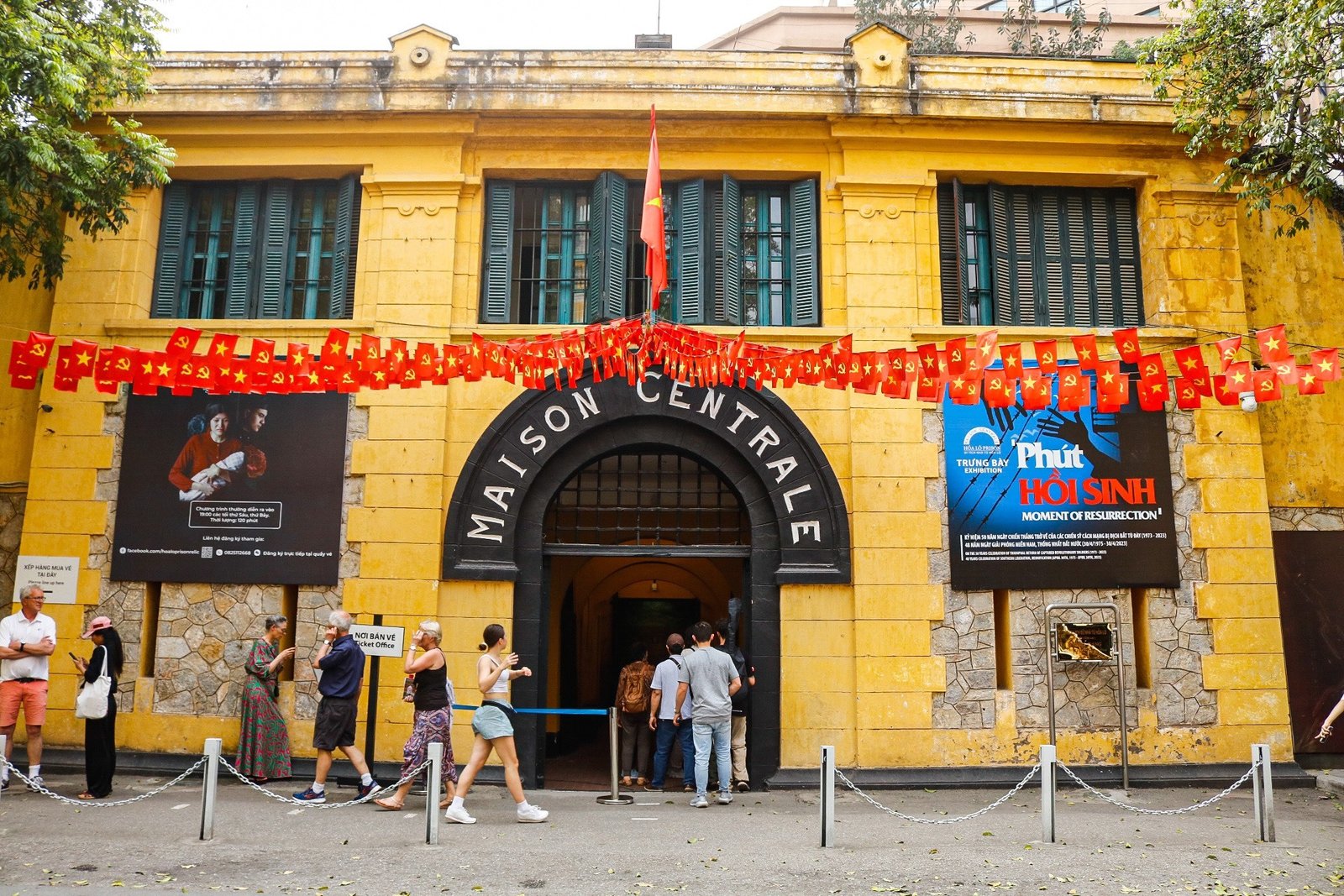Contents
ToggleThe History of Hoa Lo Prison
Originally part of Phu Khanh, a village known for crafting clay stoves, Hoa Lo — meaning “Stove Village” — gained a far darker legacy in 1896. That year, the French colonial administration constructed the Maison Centrale, a high-security prison designed to contain and crush Vietnamese resistance.
Surrounded by 4-meter-high stone walls, electric fencing, and embedded shards of glass, Hoa Lo became a symbol of oppression. It was used to detain political dissidents, including many key figures in the Vietnamese independence movement. Overcrowded, unsanitary, and brutal, it stood as a stark reminder of colonial control and punishment.
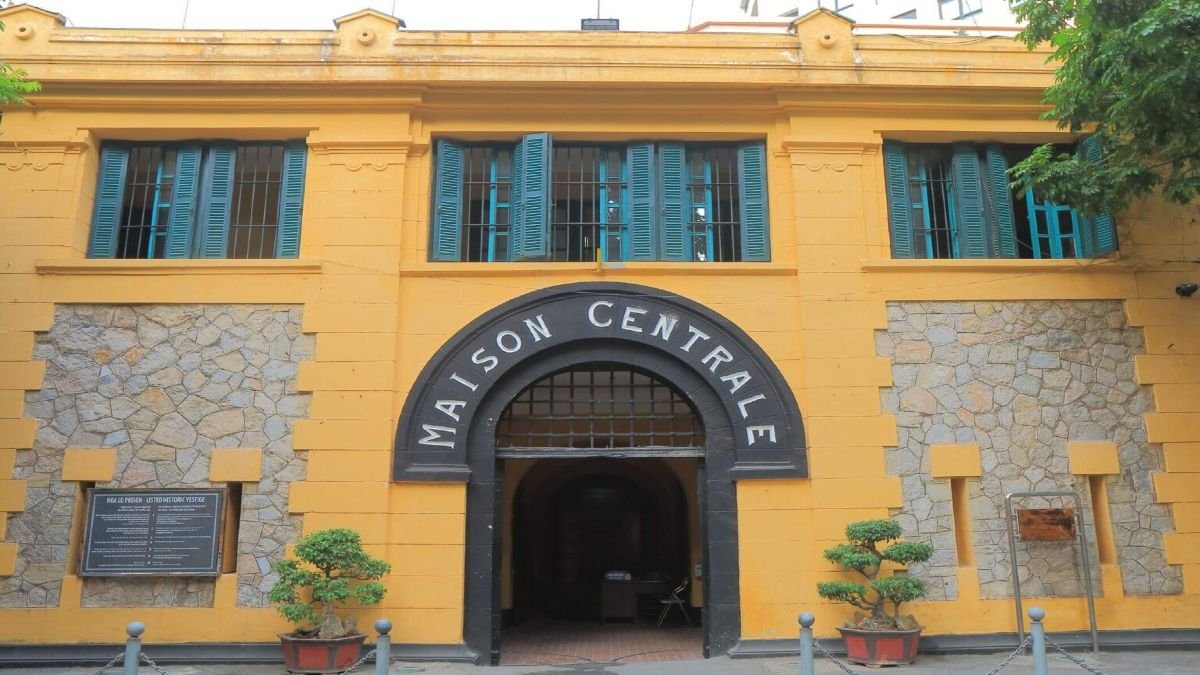
Is Hoa Lo Prison Worth Visiting?
Absolutely. Hoa Lo isn’t just another tourist stop—it’s a powerful and emotional experience that offers a rare window into Vietnam’s turbulent path to independence.
Whether you’re a history buff, a curious traveler, or simply seeking to understand Vietnam beyond its landscapes, the stories told within these walls—of resilience, sacrifice, and survival—will stay with you long after you leave. Expect a sobering, eye-opening visit that goes far beyond the guidebooks.
Hoa Lo During the Vietnam War: The “Hanoi Hilton”
After the French departed in 1954, Hoa Lo Prison was repurposed by the Vietnamese to hold American prisoners of war (POWs) during the Vietnam War. It gained international notoriety under the ironic nickname “Hanoi Hilton.”
Notable detainees included Senator John McCain and Pete Peterson, the first U.S. ambassador to Vietnam post-war. Today, the prison museum features:
- POW uniforms and personal artifacts
- Video testimonies and archival footage
- Photographs of prison life and propaganda from both sides
These exhibits offer a rare and controversial glimpse into the experiences of American pilots and the political complexities of wartime captivity.
The Hanoi Hilton Film (1987)
This Hollywood drama, released in 1987, portrays the experiences of American POWs imprisoned at Hoa Lo during the Vietnam War. While not filmed on-site, it draws heavily from real accounts to depict life inside what became known as the “Hanoi Hilton.”
Watching the film before your visit can:
- Provide emotional context to the exhibits
- Deepen your historical understanding
- Highlight the resilience of those detained
Though dramatized, it remains a powerful companion piece to the real-life stories preserved within the prison walls.
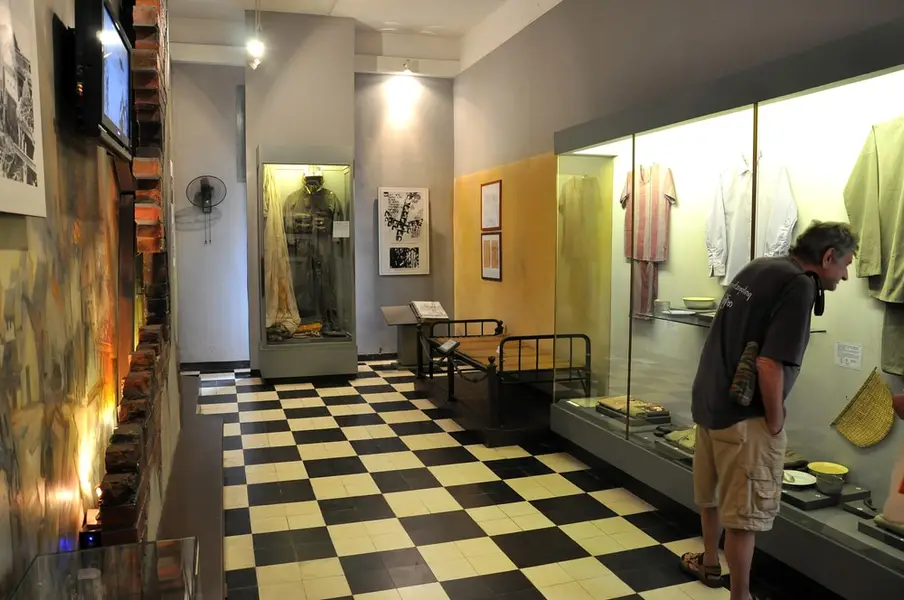
What to Expect Inside Hoa Lo Prison
🏰 A Fortress Built to Intimidate
Originally covering 12,000 m², Hoa Lo Prison was a chilling symbol of colonial oppression. Divided into four main zones, it confined everyone from petty offenders to revolutionaries sentenced to death. High walls lined with broken glass, narrow corridors, and heavy iron doors create an oppressive and haunting atmosphere.
🧱 Exhibits of Resistance and Survival
Inside, you’ll find powerful displays that reveal the daily struggles and resilience of the prisoners:
- Prisoner uniforms and handmade tools
- Torture instruments used during the French era
- Archival photos of Vietnamese revolutionaries
- Secret escape maps and letters from American POWs
Each item is more than a relic—it’s a personal story of pain, resistance, and enduring patriotism.
The Cells and Dungeons
☠️ Harsh Conditions in Isolation
Dark, airless, and suffocating, the cells of Hoa Lo leave a lasting impression. The cachots—punishment dungeons—were especially brutal. Prisoners were shackled in complete isolation, deprived of food, light, and human contact for days or weeks.
💡 Acts of Quiet Resistance
Despite the cruelty, inmates found ways to resist. Some organized secret study circles, others passed hidden messages using coded language or scraps of paper. Even in the darkest corners, the human spirit refused to break.
Women’s Quarters: Stories of Strength
🚪 Life Behind Bars
Around 300 women were confined in just 270 square meters, enduring brutal conditions—disease, torture, and overcrowding. Yet, even within these walls, they found ways to organize, resist, and support one another.
🕊️ A Tragic Heroine
One of the most poignant stories is that of Nguyen Thi Quang Thai, the wife of General Vo Nguyen Giap. A revolutionary in her own right, she died in prison, becoming a powerful symbol of sacrifice and unbreakable resolve.
Death Row and the Guillotine
🪓 A Room of No Return
Perhaps the most haunting part of Hoa Lo is the execution chamber, where a towering French guillotine still stands. Once used to publicly behead Vietnamese revolutionaries, the device is a stark reminder of colonial brutality.
😨 A Legacy of Fear
This room, with its dim lighting and chilling silence, cements Hoa Lo’s reputation as one of the scariest prisons in the world. It’s not just the guillotine—it’s the oppressive weight of history that lingers in the air.
The American POW Experience
🎖️ Humanity Amid Conflict
This exhibit shifts the narrative from war to resilience. Displayed here are American pilot uniforms, handwritten letters, Christmas celebration photos, and personal memoirs that offer rare glimpses of daily life inside the “Hanoi Hilton.”
🤝 A Complex Reality
These items reflect not only the hardships of captivity but also unexpected moments of compassion, camaraderie, and even cross-cultural understanding. It’s a powerful reminder that even in war, shared humanity endures.
Memorial to Vietnamese Heroes
✊ A Tribute to Resistance
At the heart of the prison stands a striking sculpture of emaciated yet unbowed prisoners, symbolizing the unbreakable spirit of those who fought for Vietnam’s independence.
🕯️ Space for Reflection
Surrounding the statue are incense altars, archival photos, and tributes to fallen revolutionaries. Among them is a poignant image of John McCain’s return to Hoa Lo, representing reconciliation and the healing of historical wounds.

How to Get to Hoa Lo Prison
📌 Address: 1 Hoa Lo Street, Hoan Kiem District, Hanoi
🚖 By Taxi or Motorbike:
Use ride-hailing apps like Grab or eco-friendly Xanh SM for convenience.
🚌 By Public Bus:
Take one of the following routes: 02, 09, 32, 34, or 38. Get off near Trang Thi Street or Hai Ba Trung Street—a short walk from the entrance.
🚶 By Foot:
Just a 10–15 minute walk from Hoan Kiem Lake, making it easy to include in a day of sightseeing.
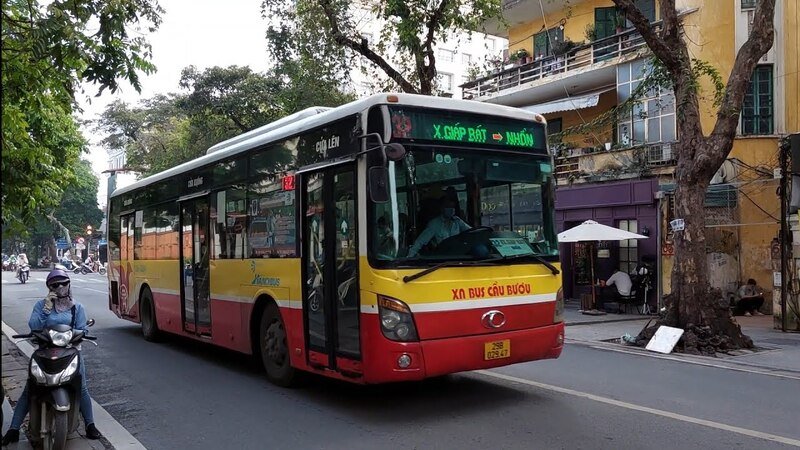
Visitor Information
🕗 Opening Hours:
Daily from 8:00 AM to 5:00 PM
🎟️ Ticket Price:
50,000 VND (≈ $2 USD)
💸 Discounts:
- 50% off for:
– Seniors
– Students (with valid ID)
– People with disabilities - Free entry for children under 16 years old
🎧 Audio Guide:
50,000 VND
Available in 8 languages, including English, French, Chinese, and more.
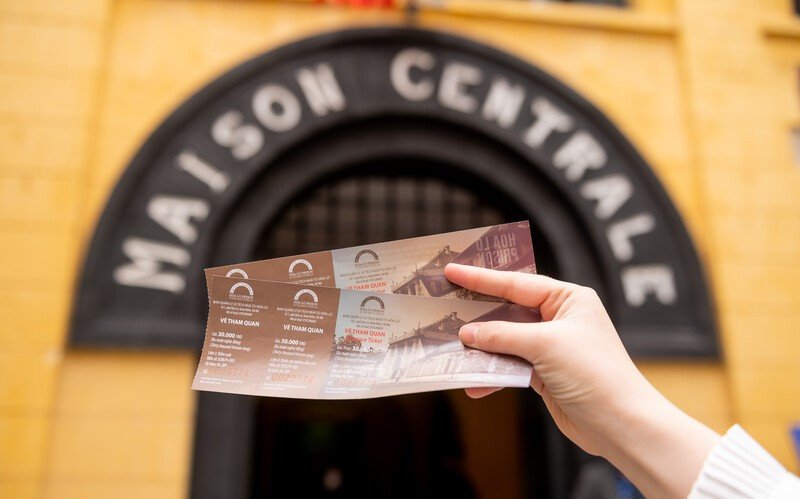
Final Thoughts: A Journey Through Pain and Power
Hoa Lo is more than a museum. In just a couple of hours, you walk through the shadows of Vietnam’s most painful chapters—and the light of its resilience. It’s an unforgettable stop that connects you to the spirit, history, and hope of Hanoi.












